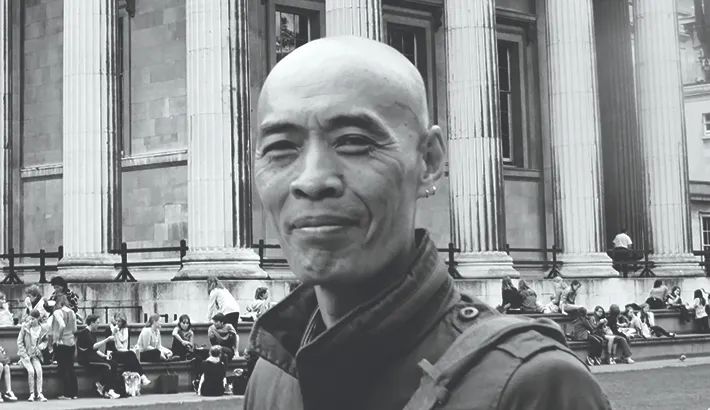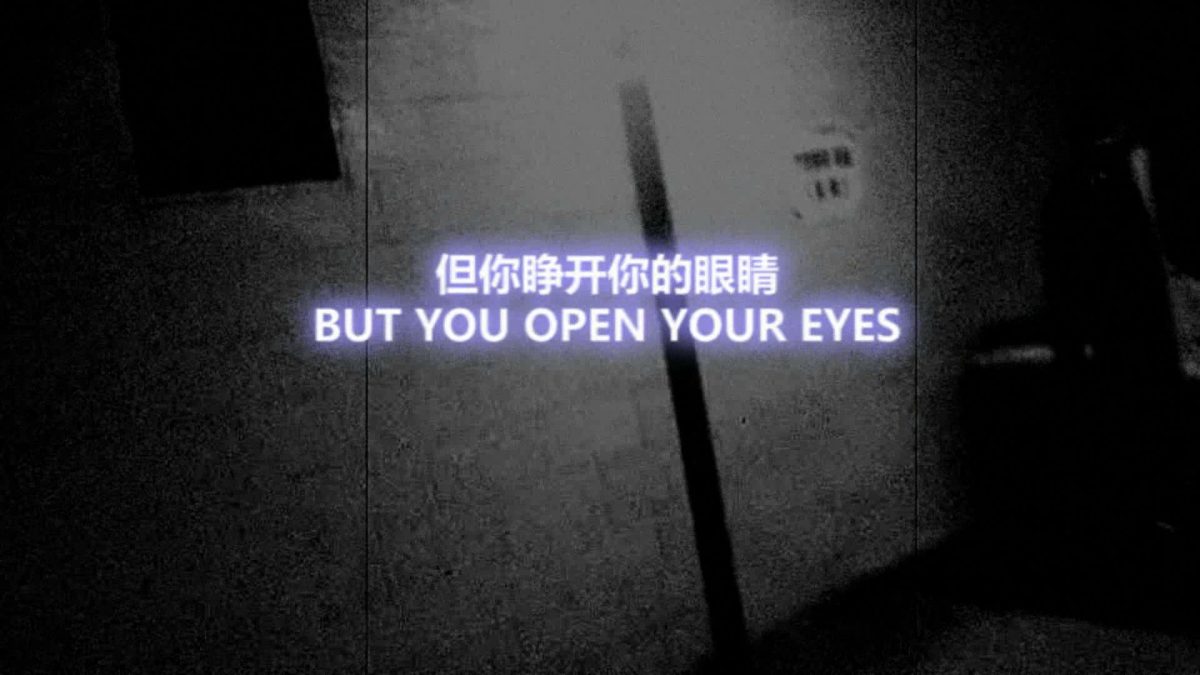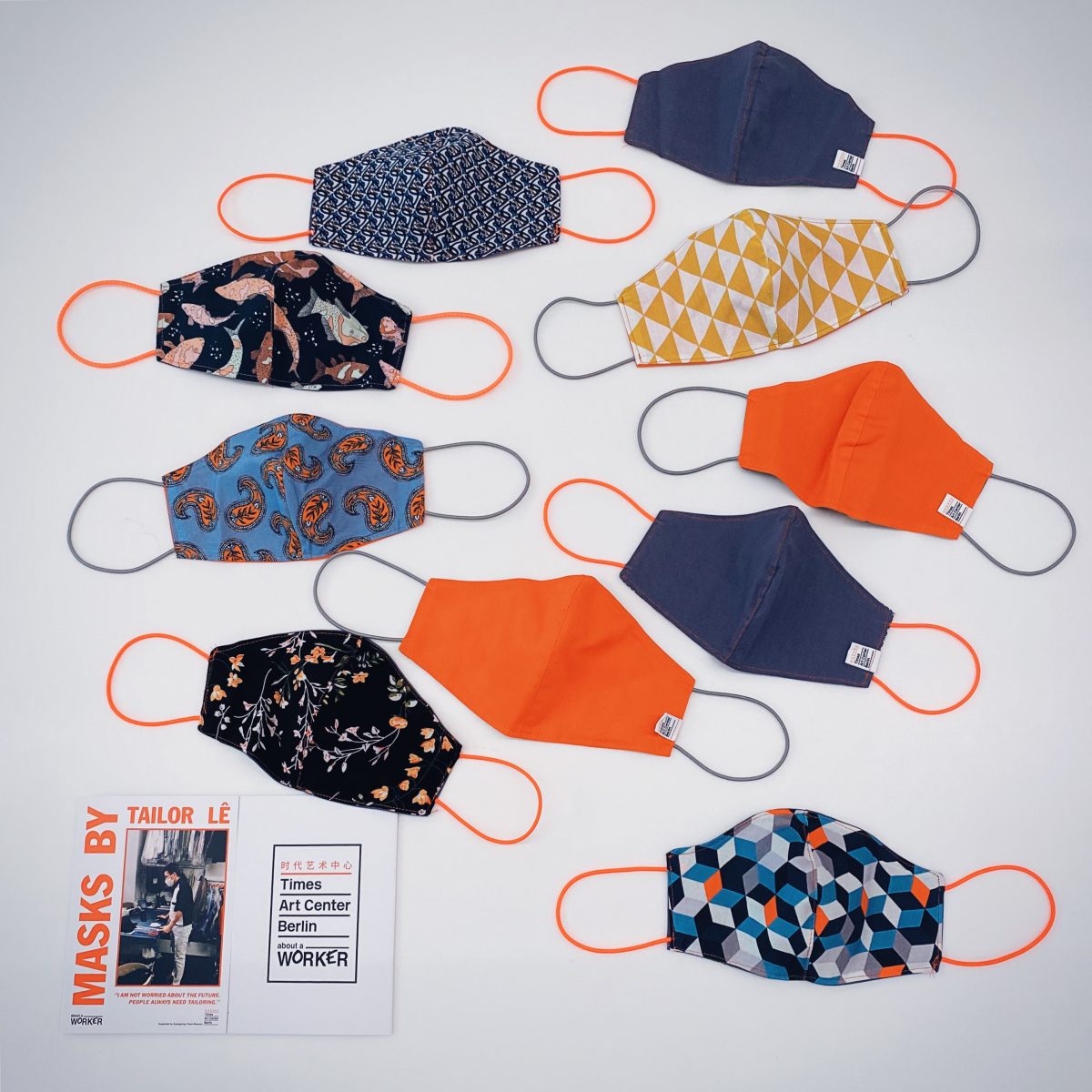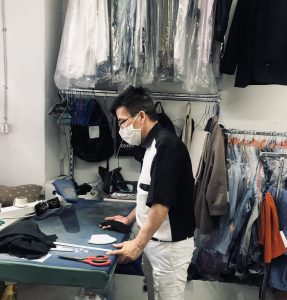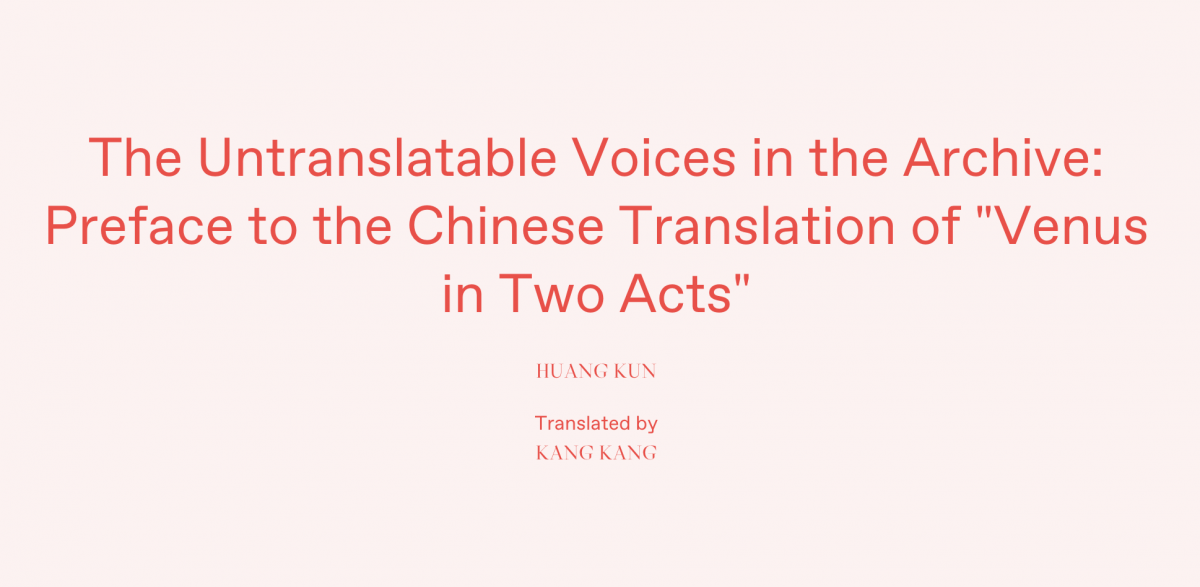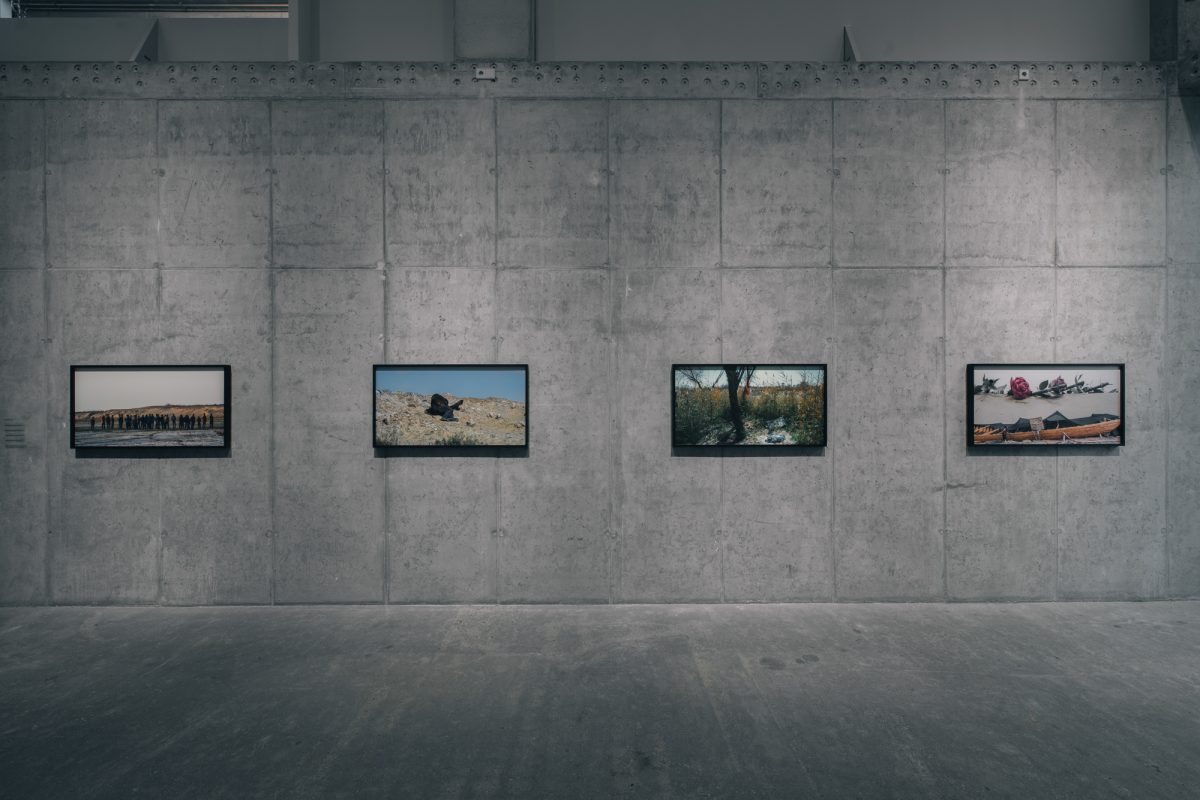IT IS TIME TO CHANGE THE CONVERSATION
It is time to change the conversation. The past had better be large and demand little. The future had better come closer. Let’s enlarge the present and the space of the world. Let’s move on. Let’s travel with crude maps. Between theory and action there may be correspondence, but there is no sequence. We will not necessarily reach the same place, and many of us will not even reach any recognizable place, but we share the same starting point, and that’s enough. We are not all headed to the same address, but we believe we can walk together for a very long time. A few of us speak colonial languages; the large majority of us speak other languages. Since only a small number of us have voice, we resort to ventriloquists, whom we call rearguard intellectuals, because they go on doing what they have always done well: looking back. But they have now received a new mission from us: to care for those of us who lag behind and bring them back into the fight and to identify whoever keeps betraying us at the back and help us find out why.
Boaventura de Sousa Santos, Manifesto for Good Living / Buen Vivir
Candice Lin: Pigs and Poison
March 13 to May 16, 2021
Curator: Nikita Yingqian Cai

Pigs and Poison is a comprehensive survey of Candice Lin’s recent projects, including a group of new works focused on the history of southern migration and the spread of viruses. These new works demonstrate how Chinese migrants were incorporated as cheap free labor in the emergent global market of the 19th century, and were involved in the cultivation and distribution networks of tobacco, sugar cane, poppy, and fungi. Long devoted to the study of material connections between human histories and various inhuman life-forms, the artist pays particular attention to how racial rhetoric shapes our understandings of infectious diseases, living organisms, and sensory perceptions. Candice Lin will examine British colonialism and American imperialism with the focal points of labor migration, border control, virus contamination and containment, and other global issues rooted in colonial modernity yet closely related to our present urgency. The exhibition will make use of virtual reality technologies, sculptures, textiles, paintings, and large-scale kinetic installations to recontextualize the speculative shadows of marginalized histories.
The new works in Candice Lin: Pigs and Poison are jointly commissioned by the Times Museum, Govett-Brewster Art Gallery, and Spike Island. The first stop of the exhibition opened in New Plymouth, New Zealand in August 2020. After its second stop in Guangzhou, the exhibition will tour to its third stop in Bristol, England.
*This exhibition was originally programmed for 2020, and was postponed to 2021 due to the COVID-19 pandemic.
Uselessness as Usage
Operation Delta #3: Architects in Action
June 12 to August 8, 2021
Participants: Atelier Bow-Wow (JP), Didier Fiuza Faustino (FR), O Office (China)
Curator: Hou Hanru
Assistant Curator and Researcher: Zhou Zheng, Liang Jianhua

Ever since the Pearl River Delta was intergrated into globalization, it has set off waves of rapid urbanization and lifestyle transformations. The Guangdong Times Museum is an institutional invention born in such context. In terms of architecture and urban planning, this expansion process of the city took on stunning speed and creativity, essentially lending to practical results that often appear random. After more than a decade of growth and experimentation, now is the time to explore and apprehend the significance of this unique historical change. The present is also a critical moment to envision what comes next, which allows us to imagine other forms of experiments: to open up a kind of possibility for the “impractical,” ideas and practices of the “useless.” In light of this, we invite three groups of architects from France, Japan, and Guangzhou—all of whom will jointly initiate a design-related project in the Pearl River Delta. It will be an on-going exhibition that would eventually provoke new modes of communication, dialogical behavior, and socio-cultural grouping, and will open up a new platform to further expand the museum’s mission as an active agency of community public life.
*This exhibition was originally programmed for 2020, and was postponed to 2021 due to the COVID-19 pandemic.
Xiaopeng (tentative title)
September 4 to October 31, 2021
Curator: Anthony Yung

Huang Xiaopeng, a Chaozhou native, entered the Guangzhou Academy of Fine Arts in 1978 and was an honors student. Due to his penchant for drinking, smoking, growing long hair, and listening to rock music, he was reputed to be one of the biggest “slackers” in art school. In the 1990s, Xiaopeng moved to England and obtained a master’s degree from the Slade School of Fine Arts, University of London. He devoted himself entirely to creating art but never became a professional artist. In 2003, Xiaopeng returned to Guangzhou and garnered an invitation to teach at his alma mater. From 2005 to 2012, he presided over the Fifth Studio in the Oil Paintings department of GAFA and became the first few pioneers to experiment with contemporary pedagogy inside the institutional setting of arts academy in China. On October 6, 2020, Xiaopeng suddenly died of a heart attack in Berlin at the age of 60.
Huang Xiaopeng is an outstanding figure of his era. The exhibition will be composed of two main, horizontal and vertical, axes. The vertical one combs through Xiaopeng’s works and manuscripts to outline his artistic trajectory defined by his seminal ideas about life and arts, spanning from his early oil paintings, to installations in the 1990s, and culminating at the pluralistic forms created after his 2003 return to China. The horizontal axis specifically elaborates on the pedagogical experiments conducted in the Fifth Studio, which embodies Xiaopeng’s lifelong idealism and yearning for freedom. His lived experience in the Fifth Studio epitomizes such spirit under the constraints of current social situations, and the exhibition will invite former students of the Fifth Studio to participate in its conception and realization.
One song is very much like another, and the boat is always from afar
November 27, 2021 to January 23, 2022
Curator: Nikita Yingqian Cai

Either being the translational cultural elites or exiles or the migrant laborers exploited by colonial trade and globalization in the long 20th century, people can always find their life trajectory and cultural identity mirrored in songs and rhythms. The world of music is a world of negotiation, participation, and sharing. As dual vehicles of belonging and mobility, music has never been a cultural form that is immune to political and historical changes. The global domain it constitutes is not merely the result of technological modernization and consumerism but also that of memories and concepts overlay the mutual appropriations of divergent ideas and cultural influences. With changes in sampling, recording, and broadcasting techniques, the production and circulation of music has increasingly become a mediated, discrete experience divorced from authenticity. Through the fusion of technology, sound and image, solidified spatial differences are compressed into the temporal flow of sonic infrastructure and, in turn, integrated into cross-regional and translingual social processes.
One song is very much like another, and the boat is always from afar will use the flow of music and spatial memory as threads that weave together a chart of constellations that includes playlists and research scenarios created by artists and curators, anthropologists and cultural scholars, musicians, and bar owners, filmmakers and members of the contemporary gentry/literati. They tune into the multiple identities and dynamic processes carried by music to present a decentralized communication network, a map not necessarily consistent with geographical and national borders, a kind of cosmopolitanism that flees from printed media or textual documentation.
Tsk-Tsk in the Streets (tentative title)
March to May, 2022 (specific opening dates to be determined)
Research/Curatorial Group: Li Xiaotian, Liang Jianhua, Lu Chuan

In the 1990s, the coastal city of Yangjiang in Guangdong was engulfed in a socio-economic transition where the new supplanted the old, and chaos coexisted alongside opportunities. The new order brought about by the modernization process drastically transformed daily life. “Yangjiang Youth” and their friends forged self-sufficiency when local cultural resources were relatively scarce. They raised the necessary funds to found design firms, bookstores, galleries and studios. They wandered around residential neighborhoods, streets, construction sites, and entertainment venues. The boundaries between living and working, creating and entertaining were completely blurred. This resulted in tight-knit creative communities and spaces that rely on each other to connect to the outside world.
Straying from the usual trajectory of development, these practices have not turned toward the direction of professionalizing. Instead, they have retained a freeform posture of gameplay, firmly embedded in the street life of Yangjiang, deploying guerrilla tactics to occupy the spaces between individuals and the public, and finding alternative responses to expectations of the future.
The exhibition intends to be a researched exposition of the artistic practices and self-organizing that took place in Yangjiang and its surroundings from the 1990s to the beginning of the millennium. These gestures provide a contrast to the gradual fissures of today and showcase their energetic embrace of critical practice in social situations as well as their spirit of sourcing provocative power from mutual aid, forming a certain guide to action that corresponds to common positions.
The Yangjiang Youth Research Project was initiated by Huangbian Station in August 2017 and later jointly supported by the Times Museum.
Maritime Portal Residency
All the Way South X As you go…roads under your feet, towards the new future

In order to foster a knowledge field that intervenes within the conundrum of globalization, and to pursue connectivity across oceans and borders, we are pleased to announce the Maritime Portal Residency, as a collaborative initiative of All the Way South x As you go…roads under your feet, towards the new future. It bridges many understandings of the south that only overlap partially with the geographical South and engages the histories and realities emerged from long lines of maritime mapping and entanglement. We are looking for artists, researchers, or cultural practitioners living in southern port cities or regions, to work remotely and digitally to explore alternative maritime historiographies and cartographies from various locales. We encourage mediatized readings, articulations and documentations that sink the abstracted mode of globalization into different forms of embodiment, be it foods and textiles, sounds and architectures, folk rituals and myths. The selected applicants will receive a research fee of 15000 RMB funded by Times Museum and present their thought processes on the digital platforms of “On Our Times” and “As you go…”.
Para-curatorial and Rolling Congee
In 2020, para-curatorial has become a paratactic mode of thinking and working, which connects the curated events of symposium and online publishing with pop-up modules of hidden curriculum and minor inquiry. In 2021, Para-curatorial will unfold new formats of online or offline presentation, and inquire into the constellation and knowledge network of All the Way South. Please stay tune to our organic thoughts and conversations on the Rolling Congee, and follow us for the latest updates on BiliBili and Apple Podcasts!

People’s Park
“People’s Park” is due to wrap up the renovation works and re-open to the public with a new look in early 2021. As a new form of autonomous interactive space, neighborhood center and extension of streets, “People’s Park” is an integration of open-call based experimentation in small spaces and a platform for multi-functional displays, community exchanges, public discussions and community practices. Museum visitors and community members are encouraged to “occupy” this space and to collectively develop rules of use that shape the museum’s relationship with the public and the community.

Urban Lab
Curator: Luya Yang Liu
From the Pearl River Delta to the Guangdong-Hong Kong-Macao Greater Bay Area, South China remains a highly anticipated testing field. From a cluster of ancestral villages to home to the City of Design, Huangbian continues to break down boundaries in the course of urban planning and development. In China’s contemporary urbanization, development of new towns, upgrading of old ones, and rejuvenation of rural areas are the most common themes. Planning, construction, transportation, environment, communities, and individuals are all intertwined, shaping the most commonly seen landscape alternations and queries on ordinary people’s living conditions in the context of high-speed urbanization. The 2021 “Urban Lab” project looks to kick off interactive experiments among artists of various expertise and physical experiences, and incorporate human alienation and co-existence in the key factors of urban development and imagination. Through art, it also sets to bring the discovery and thinking of city-human relation back to the level of everyday life.

Greater Bay Area Keywords
Over the past few decades, with the development of technology and its high industrialization, we have arrived today to a globalized and universal imagination toward technology: in the context of urbanization, it was once called the “generic city”; in art, the contemporary art market. As the driving force for various industries, technology has gradually replaced geography with efficiency and speed, while sacrificing various practices and imaginations. The Times Museum’s Media Lab develops around the diversity and locality of technology, positioning the “Great Bay Area” as the subject of research and site for imagination. It focuses on the relationships in between technology, social reformation, and social transformation, as well as the forms of control under technology. Through research and exhibition, we aim to advance various topics under the digital environment, including virtual reality, digital community, economic model, innovation, environmental ecology, ethics, media, science fiction, art, etc. The project will be released consecutively in the middle of 2021 via digital publication, commissioned creations, etc.
Digital Future
In the past few decades, the established museum system that relies on globalization is facing systematic transformations, from curation, exhibition production, and display, to collections, space, and architecture. Even staff composition is reviewed. From art to the everyday, how to imagine and tackle with the digital future? „Digital Future”, initiated by the Media Lab, is a long-term project that orients toward technology and art experiments in the foreseeable years. The project promotes continuous observation and discussion through podcasts, residencies, and workshops. Find more about the lab’s bimonthly podcast “Neo-Portal” on platforms such as Apple Podcast, Himalaya, and Xiao Yuzhou. Stay tuned for our upcoming residency and workshop series.

On Our Times – Digital Publication
Chief Editors: Nikita Yingqian Cai, Jianru Wu
Contributing Editor: Mia Yu
Contributing English Editor: Andrew Maerkle
Assistant Editor: Yujia Bian
The #2 issue of On Our Times “Constellation of Intimacies“ focuses on pan-Asian exchange of images, bodies, and thoughts. These focuses trace back to the pre-colonial era, intertwining with nonconcurring movements and thoughts emerged during the Pacific War, the 20th-century nationalism, and modernist movements. The launch and related events will be released in January, 2021, stay tuned to us.
Contributors of the journal may unfold their thoughts around the constitution or fiction of intimacy in three tropes: “Inter-Asia Intimacies” critically interrogates the social network and cultural worlds emerged from the transformation of Asia in negotiation with the postwar and postcolonial scheme; “Storytellers on the Road” gives literati voices to subjects of opacity and thoughts of dislocation that challenge the regionality and fixed identity of Asia; “Artistic Fabulation” accommodates expressions in incubating forms such as scripts, field notes, visual essays, sonic samples, concepts or works-in-progress, which explore the technological potential of the digital platform.
